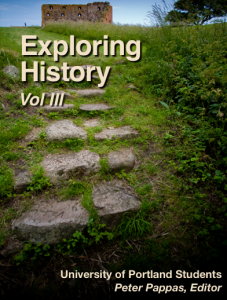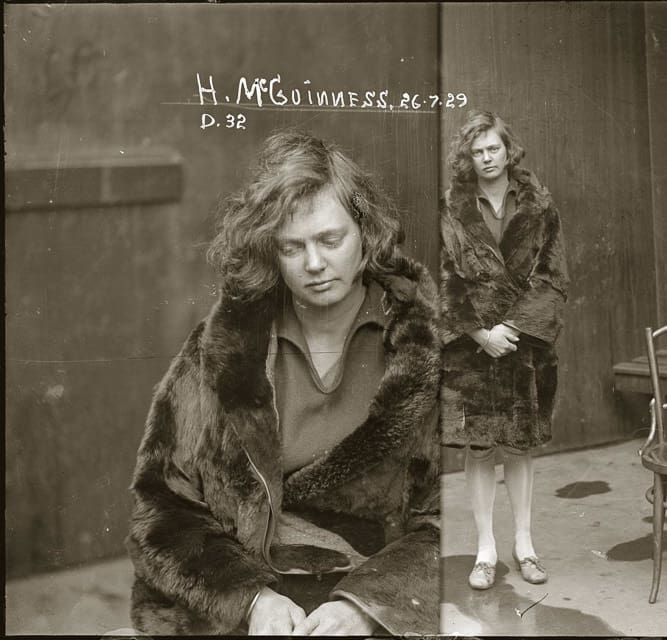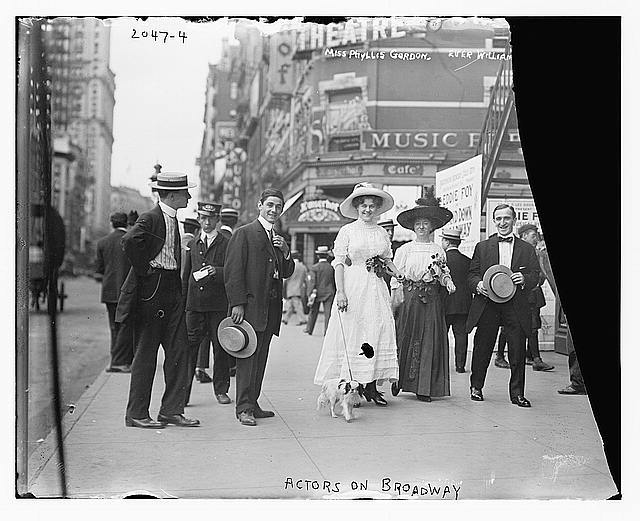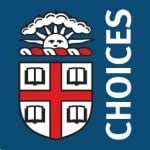 Project (or problem) Based Learning is a teaching method in which students gain knowledge and skills by working for an extended period of time to investigate and respond to a complex question, problem, or challenge. While this course has an ongoing PBL feel to it, today we approach the methodology head on with an activity and discussion.
Project (or problem) Based Learning is a teaching method in which students gain knowledge and skills by working for an extended period of time to investigate and respond to a complex question, problem, or challenge. While this course has an ongoing PBL feel to it, today we approach the methodology head on with an activity and discussion.
Students will take part in the Marshmallow Challenge and use the experience to explore the challenges and opportunities of the project based approach to instruction. Plus we’ll see if my UP students can top these middle school “engineers” I worked with in Dallas TX (above).
Students in a traditional classroom spend the majority of their lessons learning basic knowledge from the teacher. Then maybe if there’s time, they may get a chance to apply the basics in an “activity.” (Note: that’s in quotes since the “activity” is so tightly aligned to lesson that it’s about as challenging as putting a round peg in a round whole.) PBL reverses that model. With a project as the goal, students go into action trying to uncover the foundational knowledge that will enable them to succeed. The project isn’t an add-on at the end of a lesson. It is the lesson.
- Significant Content – At its core, the project is focused on teaching students important knowledge and skills, derived from standards and key concepts at the heart of academic subjects.
- 21st century competencies – Students build competencies valuable for today’s world, such as problem solving, critical thinking, collaboration, communication, and creativity/innovation, which are explicitly taught and assessed.
- In-Depth Inquiry – Students are engaged in an extended, rigorous process of asking questions, using resources, and developing answers.
- Driving Question – Project work is focused by an open-ended question that students understand and find intriguing, which captures their task or frames their exploration.
- Need to Know – Students see the need to gain knowledge, understand concepts, and apply skills in order to answer the Driving Question and create project products, beginning with an Entry Event that generates interest and curiosity.
- Voice and Choice – Students are allowed to make some choices about the products to be created, how they work, and how they use their time, guided by the teacher and depending on age level and PBL experience.
- Critique and Revision – The project includes processes for students to give and receive feedback on the quality of their work, leading them to make revisions or conduct further inquiry.
- Public Audience – Students present their work to other people, beyond their classmates and teacher.
For more on the subject see my PBL-tagged posts.
A great source of PBL resources is the Buck Institute for Education – register to access their resources.
We will also spend some class time proofing our document-based lesson chapters which have been assembled into a draft iBook. We’ll have them all loaded into the iPad cart.
Assignment: Write a reflection on the document-based lesson project. It should be turned into your final blog post by 12/6. (Add an image from your lesson). Note: It will also be included in the final version of your iBook chapter.






